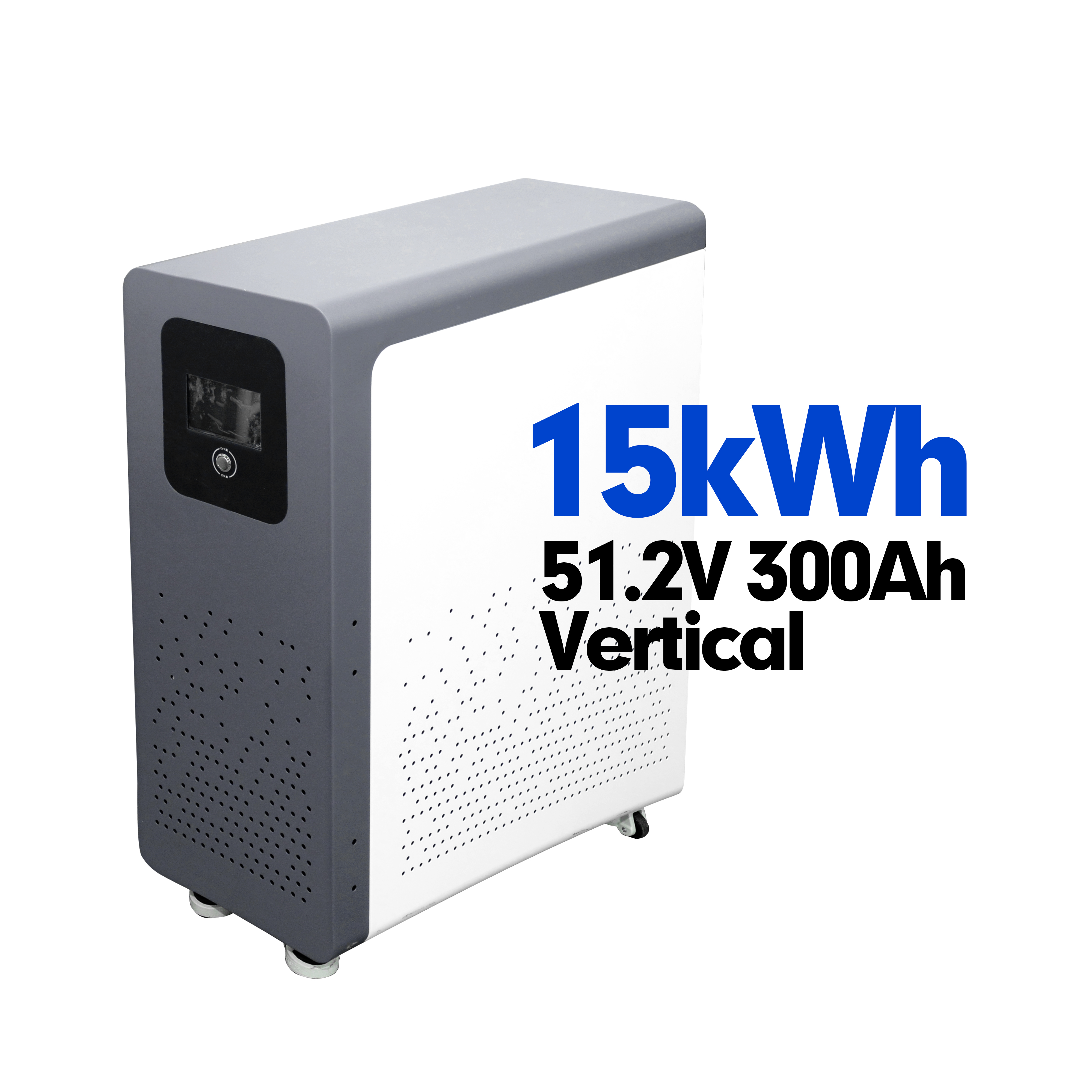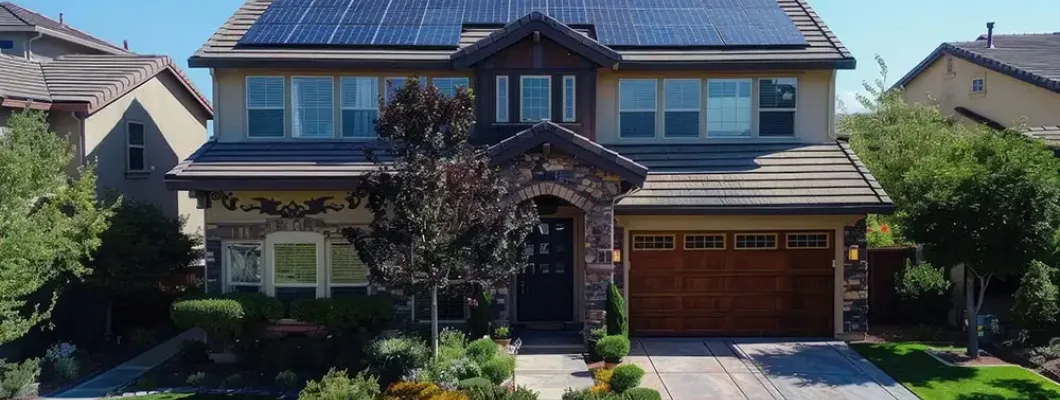Introduction: Kickstarting Your Journey to Energy Independence
With electricity bills soaring and grids becoming less dependable, solar energy storage is your path to energy independence. Whether you’re looking to cut costs or go fully off-grid, a well-designed solar storage system can make it happen. The stars of the show? The LiFePO4 battery pack and a smart Battery Management System (BMS). These are like the engine and brain of your setup, keeping your home powered day or night, rain or shine. In this guide, we’ll walk you through picking the perfect LiFePO4 battery pack and pairing it with a BMS to build a reliable, efficient system. Picture a family of four using 10 kWh daily, slashing their bills with a custom solar setup. Want to make that you? Start planning your off-grid adventure with this off-grid home solar checklist!
Why Choose LiFePO4 Batteries for Solar Energy Storage?
Wondering why LiFePO4 (lithium iron phosphate) batteries are the go-to for solar storage? Let’s break it down compared to old-school lead-acid batteries:
- Long Lifespan: LiFePO4 lasts 6,000+ cycles, while lead-acid struggles at 500. That’s years of hassle-free power!
- Top-Notch Safety: Their thermal stability means no fire or explosion risks, even in extreme conditions. Battery University dives into why LiFePO4 is a safety champ.
- High Efficiency: With over 90% energy conversion and 80–100% depth of discharge, you get more usable power.
- Eco-Friendly: No heavy metals, perfect for a green lifestyle.
While LiFePO4 batteries cost more upfront, their longevity and efficiency make them a smarter long-term investment.
How to Calculate the Right LiFePO4 Battery Capacity for Your Home
Getting the right battery pack size saves you money and ensures you’ve got enough power. Here’s how to nail it:
Key Factors
- Solar Panel Power (kWp): How much energy your panels produce.
- Peak Sun Hours: Varies by location (e.g., 4 hours in Seattle, 5 in Miami). The National Renewable Energy Laboratory offers great data on solar resources.
- Daily Household Energy Use (kWh): Check your utility bill or use a smart meter.
Step-by-Step Calculation
- Estimate Daily Generation: Multiply solar panel power by peak sun hours and account for 15% system losses.
Example: 5 kWp panels × 4 hours × 0.85 = 17 kWh/day. - Determine Storage Needs: Subtract real-time self-consumption (e.g., daytime use) from daily energy use.
Example: 10 kWh daily use – 5 kWh self-consumption = 5 kWh storage needed. - Account for Backup Days: For off-grid systems or cloudy days, multiply storage needs by backup days (1–3 days).
Example<: 5 kWh × 2 days = 10 kWh. - Calculate Battery Capacity (kWh): Divide by the battery’s depth of discharge (DoD, typically 0.8–0.9 for LiFePO4).
Example: 10 kWh ÷ 0.9 = 11.1 kWh. - Convert to Amp-Hours (Ah): To convert kilowatt-hours (kWh) to amp-hours (Ah), first multiply the kWh capacity by 1,000 to get watt-hours (Wh). Then, divider the Wh by your system voltage (e.g., 48V).
Example: 11.1 kWh × 1,000 Wh/kWh ÷ 48V ≈ 231 Ah.
Real-World Examples
- City Apartment: 5 kWh/day, 2 backup days, 48V system → ~139 Ah battery.
- Rural Home: 15 kWh/day, 3 backup days, 24V system → ~625 Ah battery.
This formula ensures your system is just right for your needs.
Selecting the Right LiFePO4 Battery Pack: Voltage, Brand, and Quality
Choosing a LiFePO4 battery pack is about more than capacity. Here’s what to focus on:
- System Voltage: Match your battery to your inverter and controller (12V, 24V, or 48V). 48V systems are ideal for larger setups due to lower wiring losses.
- Battery Configuration: Batteries can be wired in series (for higher voltage) or parallel (for more capacity). Plan based on your system.
- Our Recommendation: For a reliable, high-performance option, check out the Docan 51.2V 300Ah 15kWh Moveable Battery Pack. It comes with a 200A BMS and a touch screen for easy monitoring, perfect for home solar systems.
- Safety Certifications: Look for UL, CE, or RoHS certifications to ensure quality.
- Pro Tip: Check warranty terms—top brands offer 5–10 years.
A quality battery pack means fewer headaches and better performance.
BMS: The Smart Brain of Your Solar Storage System
A Battery Management System (BMS) is non-negotiable for any LiFePO4 setup. It’s the brain keeping your battery safe and efficient. Here’s why it matters:
Core BMS Functions
- Overcharge/Over-Discharge Protection: Extends battery life by preventing damage.
- Overcurrent/Short-Circuit Protection: Keeps your system safe from electrical faults.
- Temperature Control: Stops operation in extreme heat or cold.
- Cell Balancing: Ensures all cells charge evenly, maximizing capacity.
- State of Charge/State of Health (SOC/SOH): Shows real-time power and battery health.
- Communication: Uses CAN or RS485 to sync with controllers and inverters.
Why BMS is Critical for Solar
Solar power can be unpredictable—think cloudy days or sudden surges. A BMS optimizes charging, protects against fluctuations, and ensures long-term reliability. If you’re considering building your own battery pack, proper BMS integration is key. Check out this DIY LiFePO4 battery pack guide with BMS integration for expert tips.
Choosing a BMS
Pick one that matches your battery’s voltage, current, and cell count. Look for communication protocols and app-based monitoring for convenience.
System Compatibility: Pairing Solar Controllers and Inverters
Your solar storage system is only as strong as its weakest link. Here’s how to ensure your controller and inverter work seamlessly with your battery and BMS:
Solar Charge Controller
- PWM vs. MPPT: MPPT controllers hit 95%+ efficiency and are ideal for larger systems, while PWM is budget-friendly for small setups.
- Voltage/Current Matching: Ensure the controller handles your panels’ output and battery’s input.
- Smart Features: Some MPPT controllers sync with the BMS for smarter charging.
Inverter
- Type: Off-grid for standalone systems, grid-tied for utility connection, or hybrid for both.
- Power Matching: Choose an inverter that covers your peak load (e.g., 5 kW for a typical home) and handles surges (like starting a fridge).
- Integration: Smart inverters work with BMS and controllers for features like peak shaving or off-grid switching.
A well-matched system keeps your home humming.
Installation and Maintenance: Keeping Your System Running Smoothly
A great system needs proper setup and care to shine. Here’s the lowdown:
- Installation Tips: Follow manufacturer guidelines, use correct wiring, and add fuses or breakers. Consider a pro for safety.
- Environment: Place batteries and equipment in a cool, dry, well-ventilated spot to avoid overheating.
- Maintenance: Check BMS data regularly for SOC/SOH. Inspect connections every 6 months for corrosion or looseness. For more, see these best practices for maintaining LiFePO4 batteries and BMS.
Good care keeps your system reliable for years.
Conclusion: Your Path to True Energy Freedom
LiFePO4 batteries and a solid BMS are the backbone of any high-performing solar storage system. By sizing your battery right, choosing quality components like the Docan 51.2V 300Ah pack, and ensuring compatibility, you’re set for years of worry-free power. As solar tech advances, home storage is paving the way for sustainable living. Ready to take control? Download a battery sizing tool, contact a local installer, and start your journey to energy independence today!
FAQs: Your Top Solar Storage Questions Answered
How long do LiFePO4 batteries last?
Typically 8–15 years, depending on usage and care.
How do I pick the right BMS?
Match it to your battery’s voltage, current, and cell count, and check for communication features. If you need help, please feel free to contact us.
What battery capacity do I need for off-grid?
Use the calculation above, factoring in 2–3 backup days.
What if my BMS fails?
Check connections and error codes; contact the manufacturer for support.
Is an MPPT controller worth the extra cost?
Yes, for systems over 1 kW, as it boosts efficiency by 20–30%.


Leave a Comment